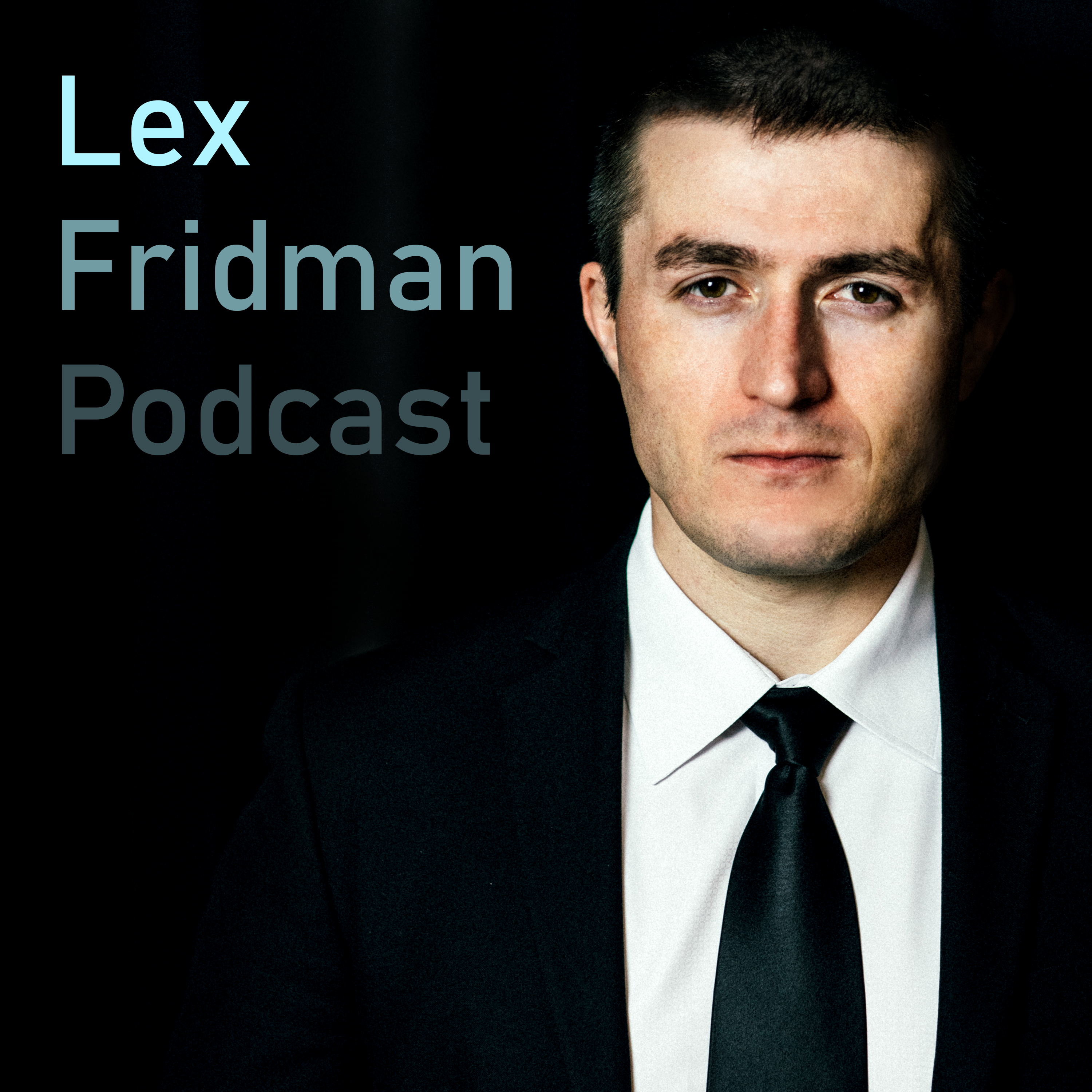Chapter

The Science of Preserving the Brain
The most promising way to preserve the brain is by recording and rebuilding it through detailed scans. Furthermore, efforts like Neuralink are working on creating brain computer interfaces to understand and enhance communication with the brain.
Clips
In this podcast episode, the speakers discuss the concept of immortality for living organisms, such as trees and bacteria, and how it could potentially be achieved for humans through replacing body parts.
1:34:37 - 1:36:14 (01:36)
Summary
In this podcast episode, the speakers discuss the concept of immortality for living organisms, such as trees and bacteria, and how it could potentially be achieved for humans through replacing body parts. They explore whether the key information that makes us human, our brain, could ever be persistently replaced.
ChapterThe Science of Preserving the Brain
Episode#189 – David Sinclair: Extending the Human Lifespan Beyond 100 Years
PodcastLex Fridman Podcast
The best way to preserve the brain requires death, very detailed scans, and reconstruction.
1:36:14 - 1:38:38 (02:24)
Summary
The best way to preserve the brain requires death, very detailed scans, and reconstruction. Brain-computer interfaces like Neuralink can help with certain diseases, but the best use is to replace parts of the body that are not functioning properly.
ChapterThe Science of Preserving the Brain
Episode#189 – David Sinclair: Extending the Human Lifespan Beyond 100 Years
PodcastLex Fridman Podcast
George Church's lab has developed a new way to analyze gene expression in brain cells in situ, allowing for a better understanding of the functioning of individual cells in the brain.
1:38:38 - 1:40:16 (01:37)
Summary
George Church's lab has developed a new way to analyze gene expression in brain cells in situ, allowing for a better understanding of the functioning of individual cells in the brain.